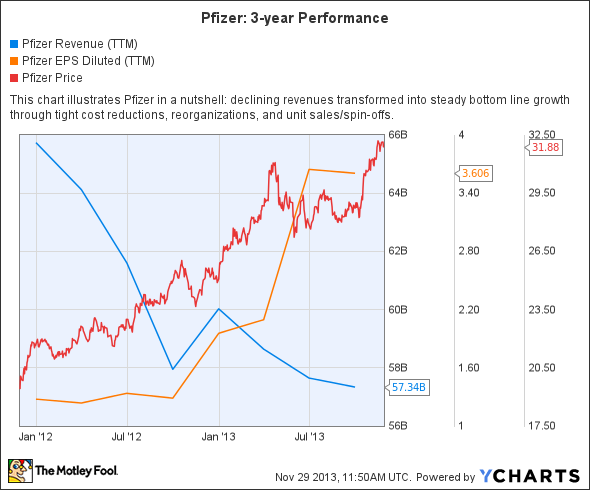Chart Smarts Know When to Sell Your Stocks
Post on: 16 Март, 2015 No Comment

Chart Smarts: Know When to Sell Your Stocks
Start your Free Tomorrow In Review Preview — Sign Up Here: />
When you trade penny stocks. it’s important to confidently make buy and sell decisions based on facts, not fear.
You won’t be able to time every trade perfectly — no one can. Instead, you need to shoot for consistency. That means using all available tools to decide whether a stock is breaking its uptrend or merely consolidating for its next leg up. In just a minute, I’ll explain how to decide when to hold for better returns — and how to decide when to sell — using a couple of key indicators.
First, it’s important to look at the different types of uptrends. Any stock that runs straight up without any consolidation at all can be exciting. But it can be a nerve-racking experience if you’re looking to hold for more than one or two days. That’s why most traders will sell these quick runners at the first sign of weakness. Shares can fall hard and fast. No one wants to be left holding the bag.
A healthier breakout will consolidate, leveling out or moving a bit lower on lower volume awaiting another wave of buyers. Take a look below at this snippet I took from a chart:
The blue line is the 50-day moving average. The red line is the 200-day moving average. The 50 is on top of the 200, and both are pointed in the right direction — in this case, up. That’s the first indication that everything is OK. Our trend is intact.
Our next indicator is volume. Notice the big grey bars in the first blue box. Volume is high as the stock powers higher, and volume dies out the week the stock moves lower (red arrow). It’s obvious at this point that sellers are holding out for better prices. With the bulls in control, the buying picks back up, and the stock breaks through its previous highs and continues upward.
If you were to cave into your fears and sell as the stock dipped, you would lose out on better returns. But if you let the chart make the decision for you, you’ll maintain a much better batting average.
There’s no question that trusting technical indicators can be difficult for investors who are accustomed to investing based on fundamental attributes — like earnings growth and debt — alone. But few experienced traders would question the effectiveness of gauging market conditions using charts. It all comes down to experience. If you’re a newcomer to reading charts, I suggest that you paper trade your next few trades using charts alone and see how you fare.
Once your confidence in charts comes around, you’ll be able to take advantage of the information these tools can provide…














